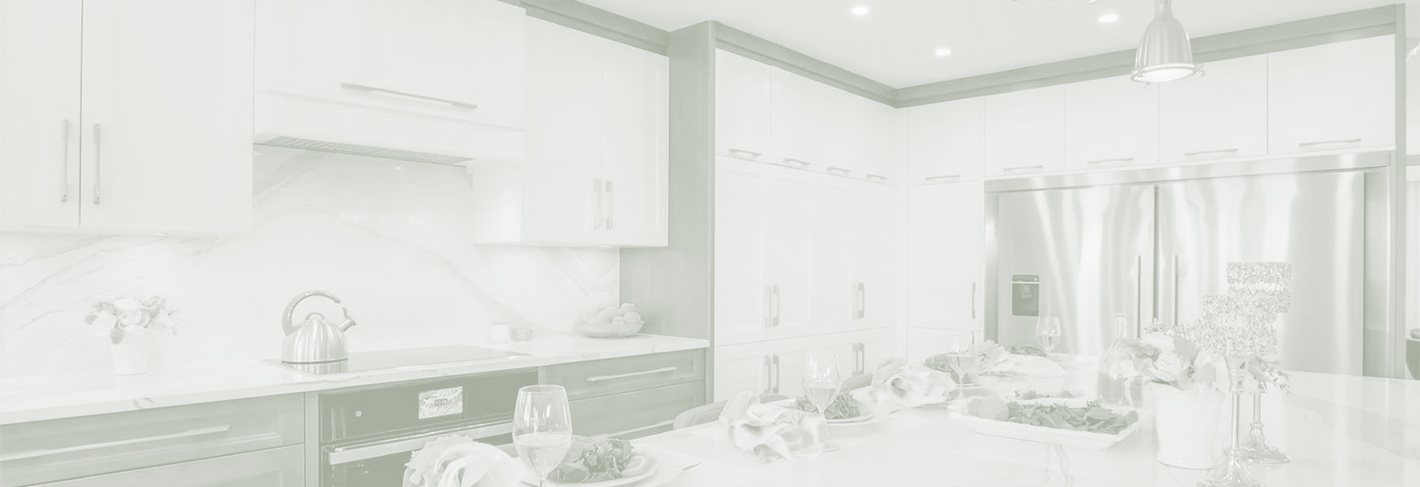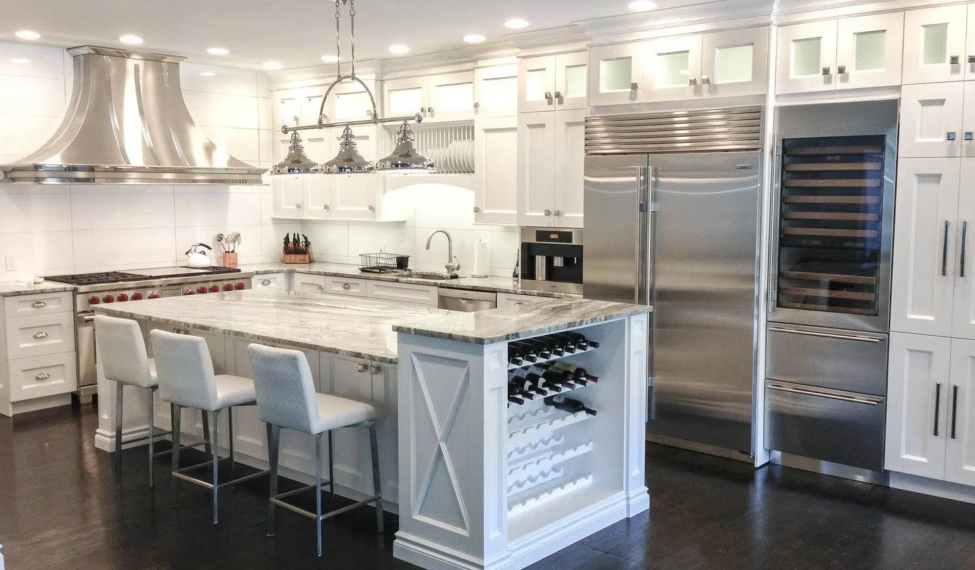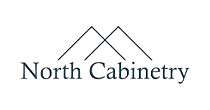Kitchen
Kitchen Renovations refers to the process of updating or remodeling the space to improve its functionality, aesthetics and overall value. Renovating can range from minor upgrades (e.g. appliances and hardware) to a complete overhaul, depending on the homeowner’s goals and budget.
It’s crucial to have a well-thought-out plan and work with a reputable contractor and professionals to achieve your desired results. Remember that safety, functionality and aesthetics should be balanced to create a space that suits your needs and enhances the value of your home.
KITCHENS
Kitchen Components refers to the various elements or parts that make up a kitchen space. These components include both functional and aesthetic elements that come together to create a fully equipped and efficient kitchen. Here are some essential kitchen components:
KITCHEN COMPONENTS
- Cabinets: Kitchen cabinets are essential for storage and organization. They come in various styles, materials, and configurations.
- Countertops: Countertops provide a work station for food preparation. They should be easy to clean, durable, and heat and stain resistant. Typically they are made of materials like granite, marble, quartz, or laminate.
- Sink: The kitchen sink is used for washing dishes, food preparation and cleaning. It comes in different sizes, shapes, and materials such as stainless steel, porcelain or composite.
- Faucet: The faucet is a fixture attached to the sink that controls the flow of water. It can have various styles and features like a single handle, double handle, pull-down sprayer, etc.
- Appliances: Kitchen appliances help with food preparation, cooking and cleanup. This can include a range or cooktop, oven, refrigerator, dishwasher and specialized appliances like a trash compactor or wine cooler.
- Backsplash: The backsplash is the protective wall surface installed between the countertop and wall cabinets. It is designed to prevent water and food splashes from damaging the wall and adds a decorative element to the kitchen. Various materials can be used like mosaics, countertops, etc.
- Lighting: Proper lighting is essential for a functional kitchen. A combination of ambient, task and accent lighting are used to create a well-lit and comfortable space.
- Flooring: The kitchen floor should be durable and easy to clean. Common kitchen flooring options include tile, natural stone, wood, vinyl and laminate.
- Inserts: These are internal organization systems that fit inside cabinets and drawers. They can help maintain organization and enhance the functionality of the kitchen. These systems are used to store utensils, cookware, food, spices, etc.
- Range Hood: The range hood is installed above the cooktop or range to vent cooking odors, smoke and grease out of the kitchen. It can come in various styles and functions, like vented and ventless.
- Waste Management: This includes trash cans, recycling bins, and a compost bin to manage waste efficiently.
THINGS TO CONSIDER:
- Planning and Design: Begin by assessing your current kitchen and identifying areas that need improvement. Consider your budget, preferences and lifestyle needs. You may want to work with a professional kitchen designer or architect to create a detailed plan that optimizes the space and maximizes efficiency.
- Budgeting: Set a realistic budget for the renovation. Be sure to account for materials, labor costs, permits (if applicable) and any unexpected expenses that may arise during the process.
- Demolition: If major changes are planned, the first step is to remove existing cabinets, countertops, appliances, walls (if needed) and other elements that will be replaced. This may involve hiring professionals or doing some DIY work, depending on the complexity of the project.
- Structural Changes: If you intend to modify the kitchen layout significantly, such as moving walls or changing the location of plumbing and electrical fixtures, you'll need to work with licensed contractors to ensure safety and compliance with building codes.
- Electrical and Plumbing: Update electrical wiring, outlets and lighting fixtures as needed. Make necessary plumbing changes for new sinks, faucets and appliances.
- Appliances: Upgrade old appliances to energy-efficient and modern models. This may include a refrigerator, oven, cooktop, dishwasher, microwave and any other appliances you desire.
- Paint, Hardware and Finishing Touches: Paint the walls and ceiling in a color that complements the rest of the kitchen design. Hardware should also, compliment the kitchen design, whether that’s mixing metals or knobs and pulls. Add finishing touches like faucets and lighting fixtures.
- Clean-up and Inspection: After the renovation is complete, thoroughly clean the kitchen and ensure all installations are up to code and meet safety standards.
- Project Expectations: As with any home improvement, especially those including demolition, there can be disruptions to your everyday routine. This could include dust, noise, subcontractors needing access to your home, delays, etc. Some clients even prefer to vacate the home during construction to lessen the disruption.






























